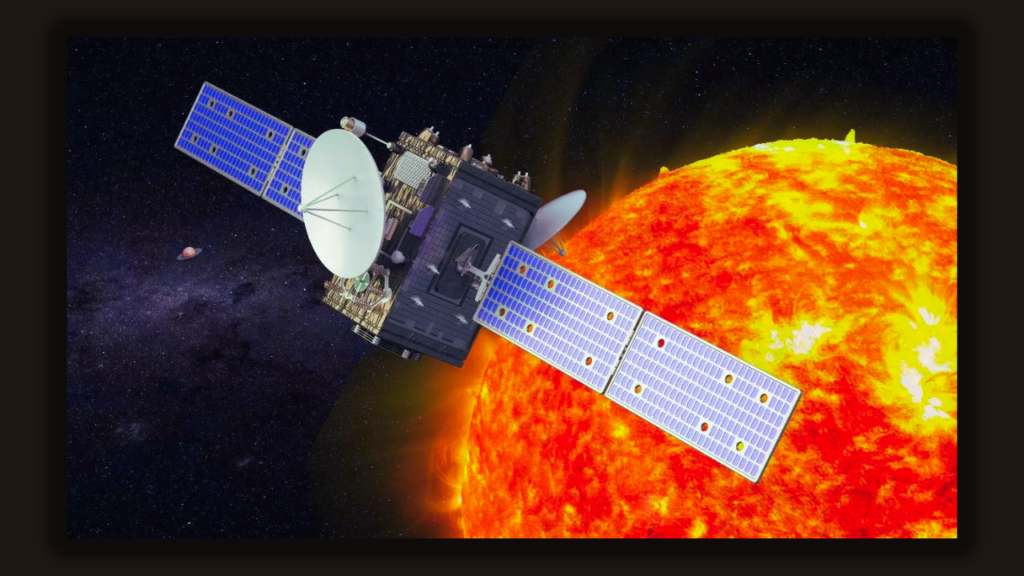Aditya’s orbit, which is about 1.5 million kilometers from Earth, resembles a halo.
India’s celestial surya namaskar is almost at its conclusion. In the next five years, the Aditya-L1 satellite—India’s first space-based solar observatory—will be launched to its new home. On January 6 at 4 p.m., the Indian Space Research Organization isro satellite launch predicts the satellite will reach its planned orbit.
Following a convoluted path, it has traveled approximately 3.7 million kilometers in 126 days since setting out on its 126-day journey on September 2 of last year in search of its karambhoomi, or “land of action”. Aditya is in good health, according to isro satellite launch, and scientific data has begun to come in after it sent back stunning pictures of the Sun’s entire disc.
Aditya’s orbit, which is about 1.5 million kilometers from Earth, resembles a halo. Given that the Sun is approximately 150 million kilometers away from Earth, even though the orbit will be closer than Earth, it will still be very far away.
The 1,475 kilogram Aditya-L1 satellite will perform scientific experiments from its final vantage point, known as the Lagrangian Point-1, to gain a better understanding of our solar system’s mystery star.

The uninterrupted and continuous view of the Sun provided by the Indian Solar Observatory will aid in our understanding of space weather. According to Nigar Shaji, the Project Director for the Aditya-L1 satellite at the U R Rao Satellite Center in Bengaluru, it will function as a platform for solar storm forecasting and warning.
Large-scale magnetic eruptions on the Sun that have the potential to affect the entire solar system are known as solar storms.
Aditya-L1’s continuous observation of the Sun allows it to alert us to impending solar electro-magnetic effects on Earth and guard against interference with satellites and other power, electrical, and communications networks.
SSomanath, Chairman, isro satellite launch told NDTV that this will help maintain regular operations by keeping them in safe modes until the solar storm passes by. He added that India has assets worth over ₹ 50,000 crores in space, including over 50 operational satellites that need to be shielded from the sun’s rays.
According to him, the Aditya-L1 isro satellite launch will function as a kind of space-based protector, monitoring solar flares and the ensuing solar storms.

Satellite electronics can be damaged by powerful solar flares that erupt from the Sun. Space engineers turn off the electronics and maintain a safe shutdown state for them until the intense storm passes over.
Aditya-L1 is a satellite with intelligence. According to Ashoka University astrophysicist Prof. Somak Raychaudhury, it will never sleep and will keep a close watch on the actions of Earth’s nearest star to alert us to when the Sun’s wrath will affect us.
Scientist Prof. Durgesh Tripathi of the Inter-University Centre for Astronomy and Astrophysics (IUCAA) in Pune stated that scientists have a once-in-a-lifetime opportunity to study the complex space telescope.
The primary scientific goals of the Aditya-L1 mission, according to isro satellite launch statement, are to:
Examine the dynamics of the solar upper atmosphere (corona and chromosphere).
Examine the physics of the partially ionized plasma, flares, chromospheric and coronal heating, and the beginning of the coronal mass ejections.
Monitor the in-situ plasma and particle environment, supplying information for the investigation of particle dynamics from the Sun.
Examine the solar corona’s physics and heating process.
Coronal and coronal loop plasma diagnostics: density, velocity, and temperature
The formation, motion, and source of CMEs (Coronal Mass Ejections)
Determine the chain of events that starts at the base, extends into the extended corona, and ends at the chromosphere to cause solar eruptions.
Topology of magnetic fields and magnetic field observations in the solar corona
Space weather drivers: the origin, composition, and dynamics of solar wind


[…] Disney executives from Burbank headquarters and senior reliance power share officials from Mumbai met in London towards the end of December, according to a credible source. A non-binding term sheet […]
[…] particular aircraft was a Boeing 737-9 Max, and it had undergone some major modifications not too long ago. The aircraft, which made two […]